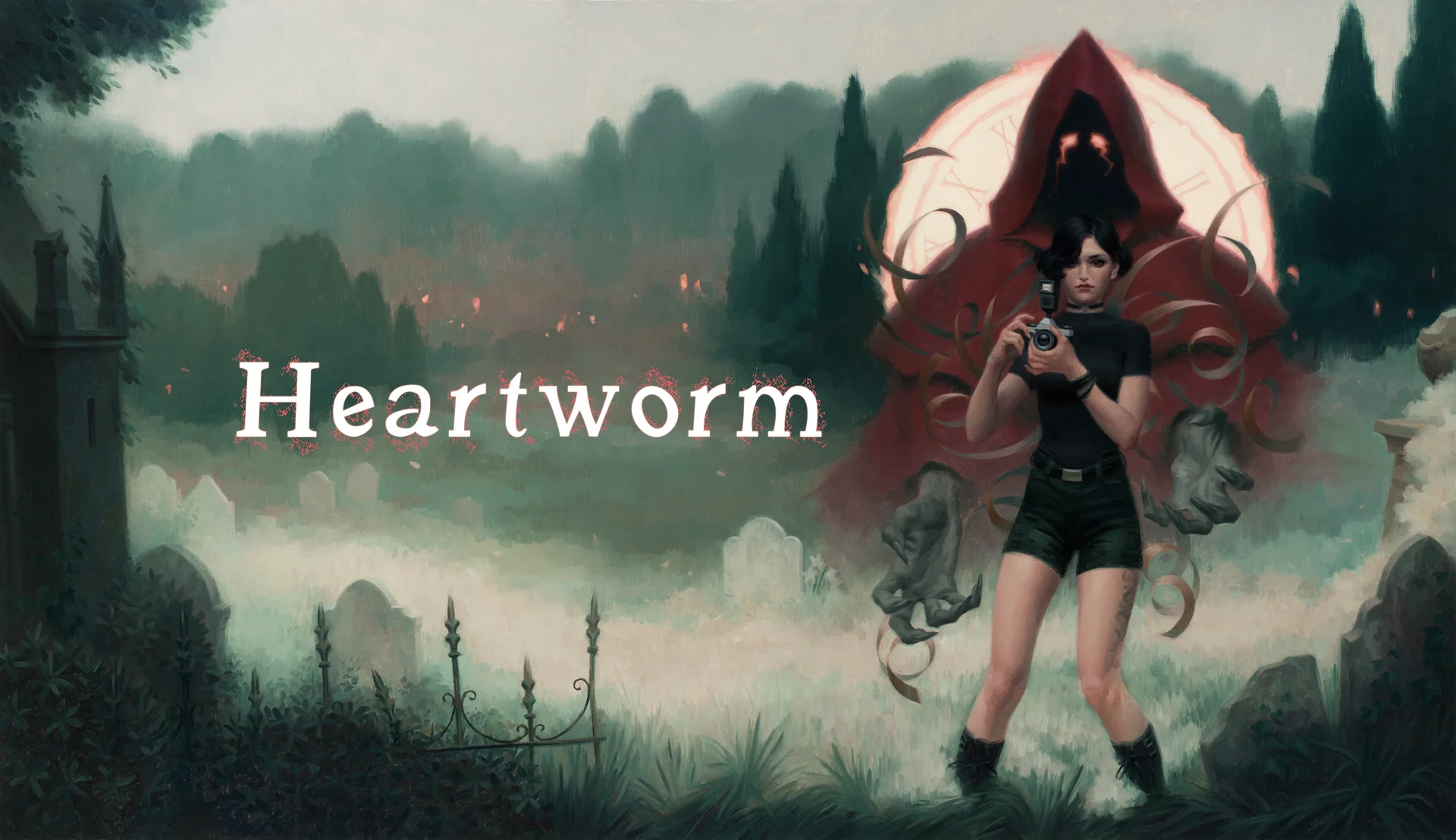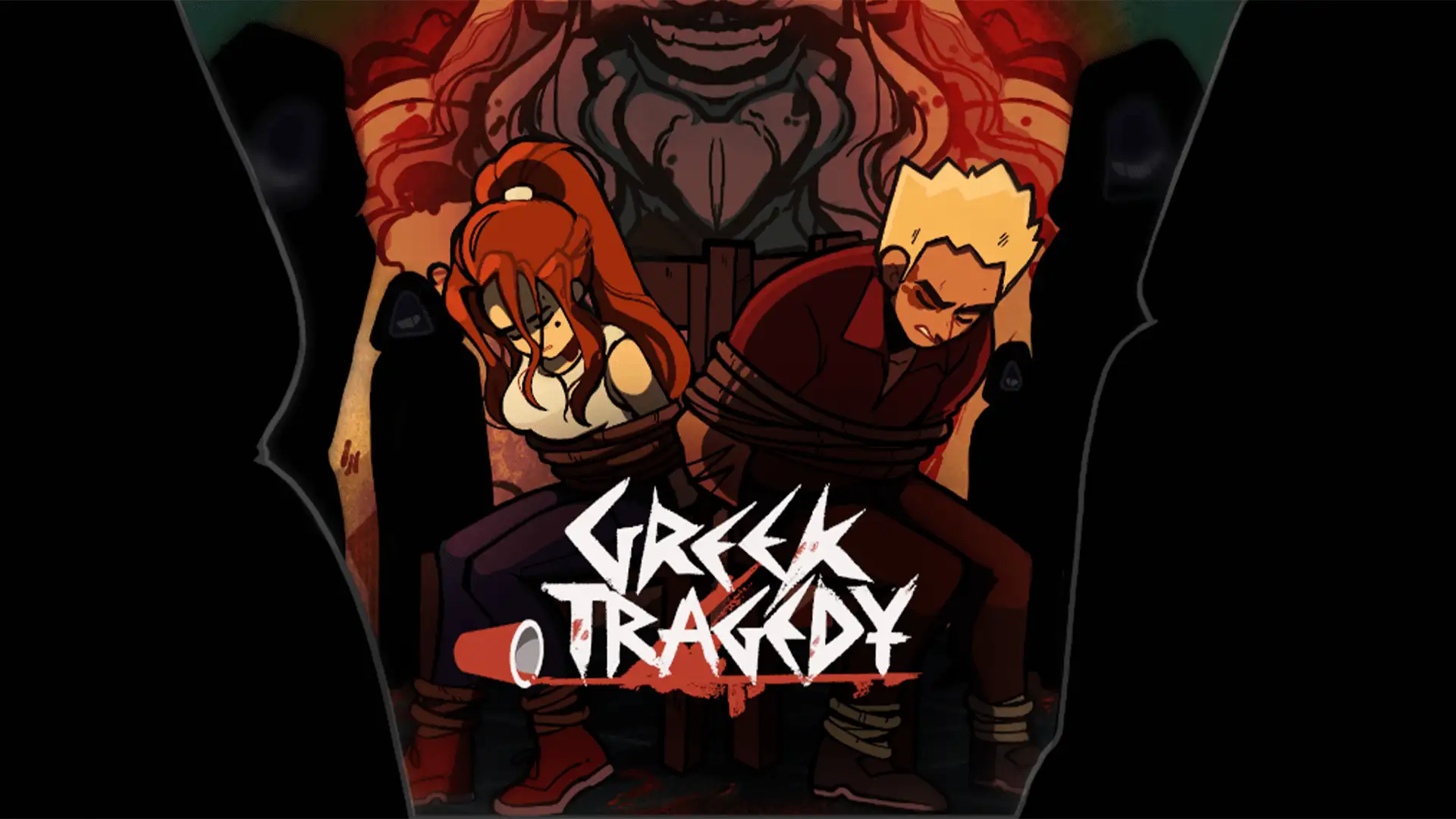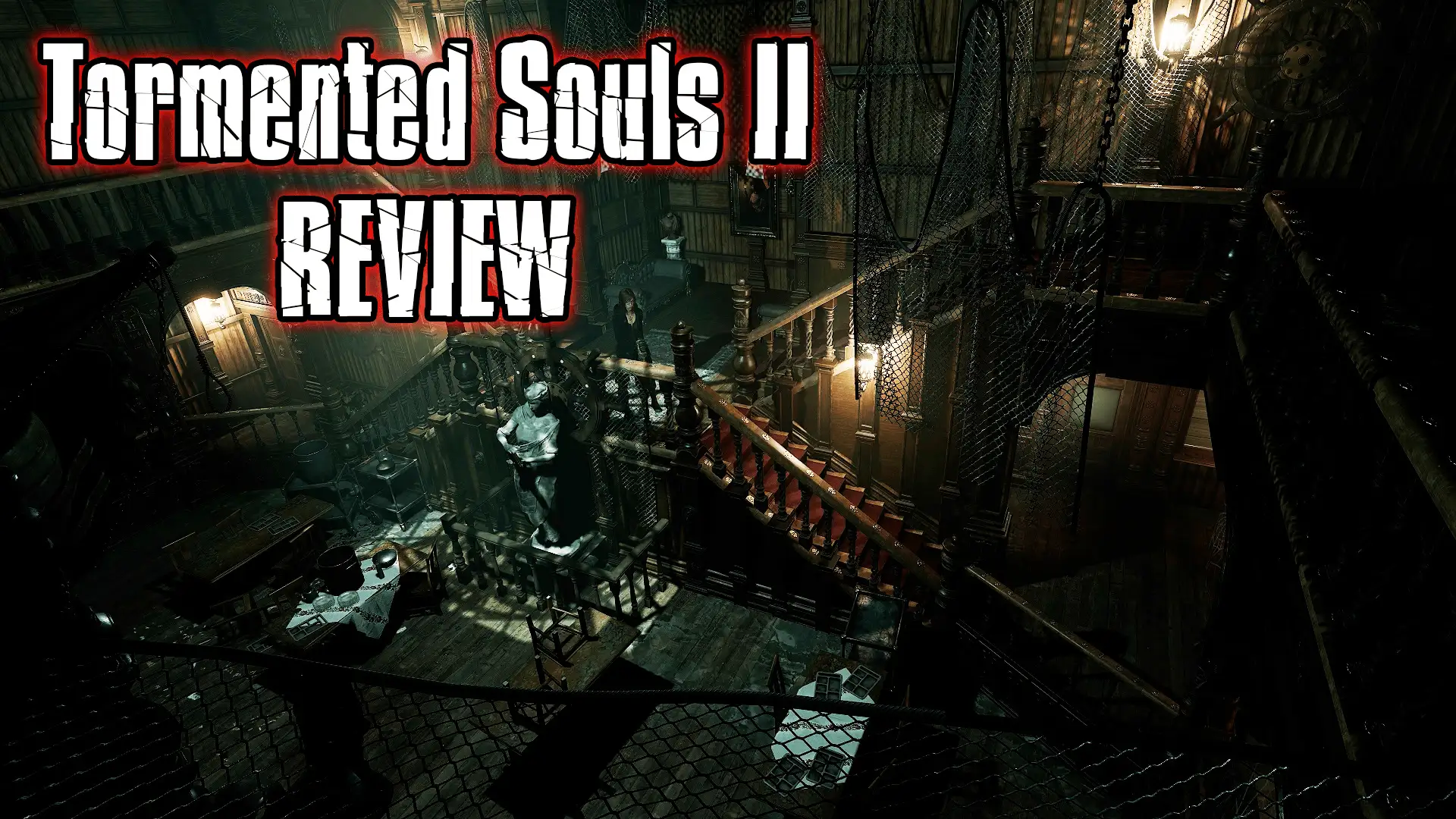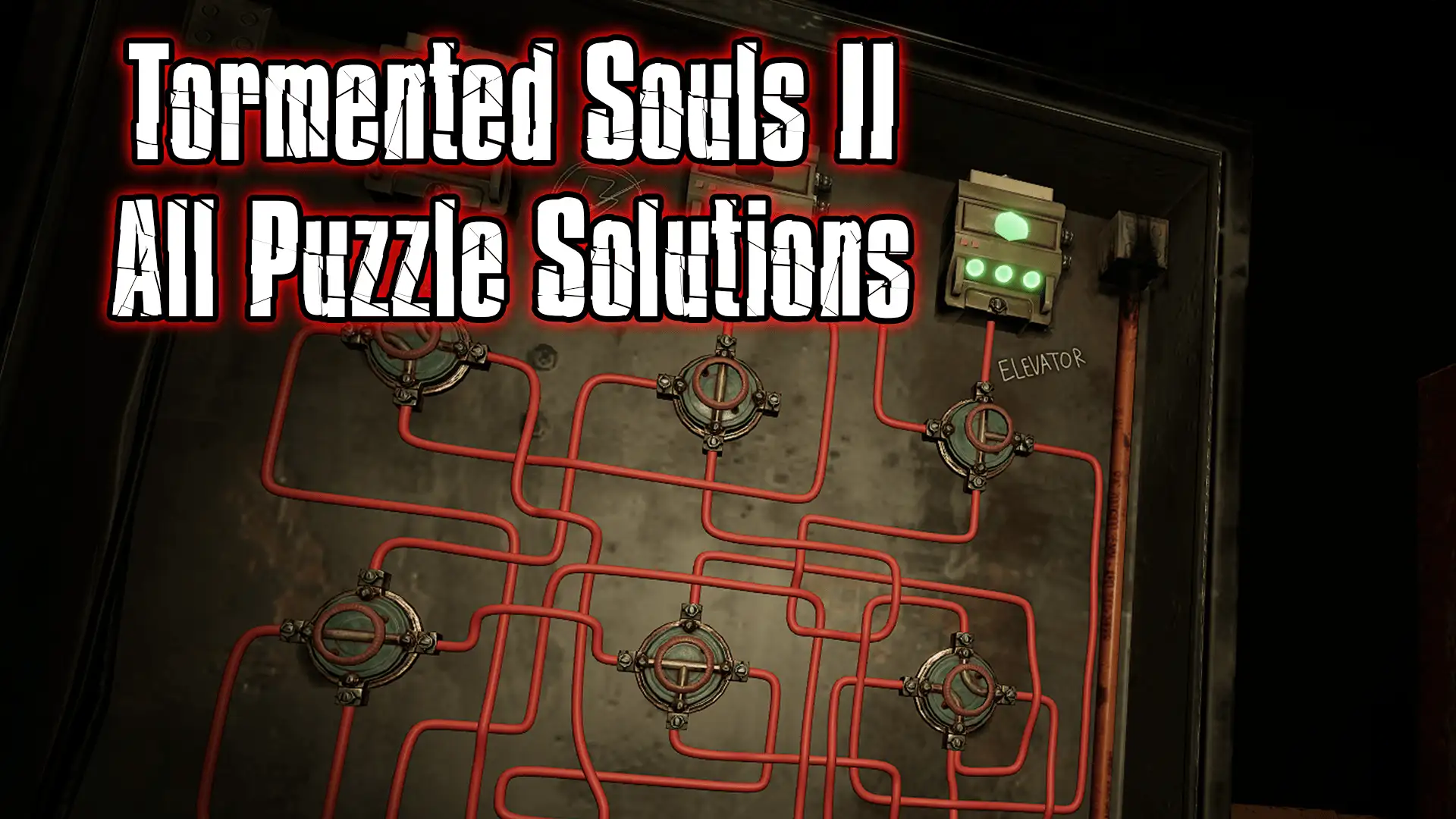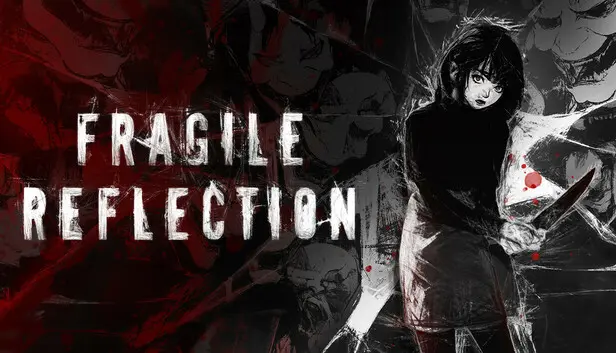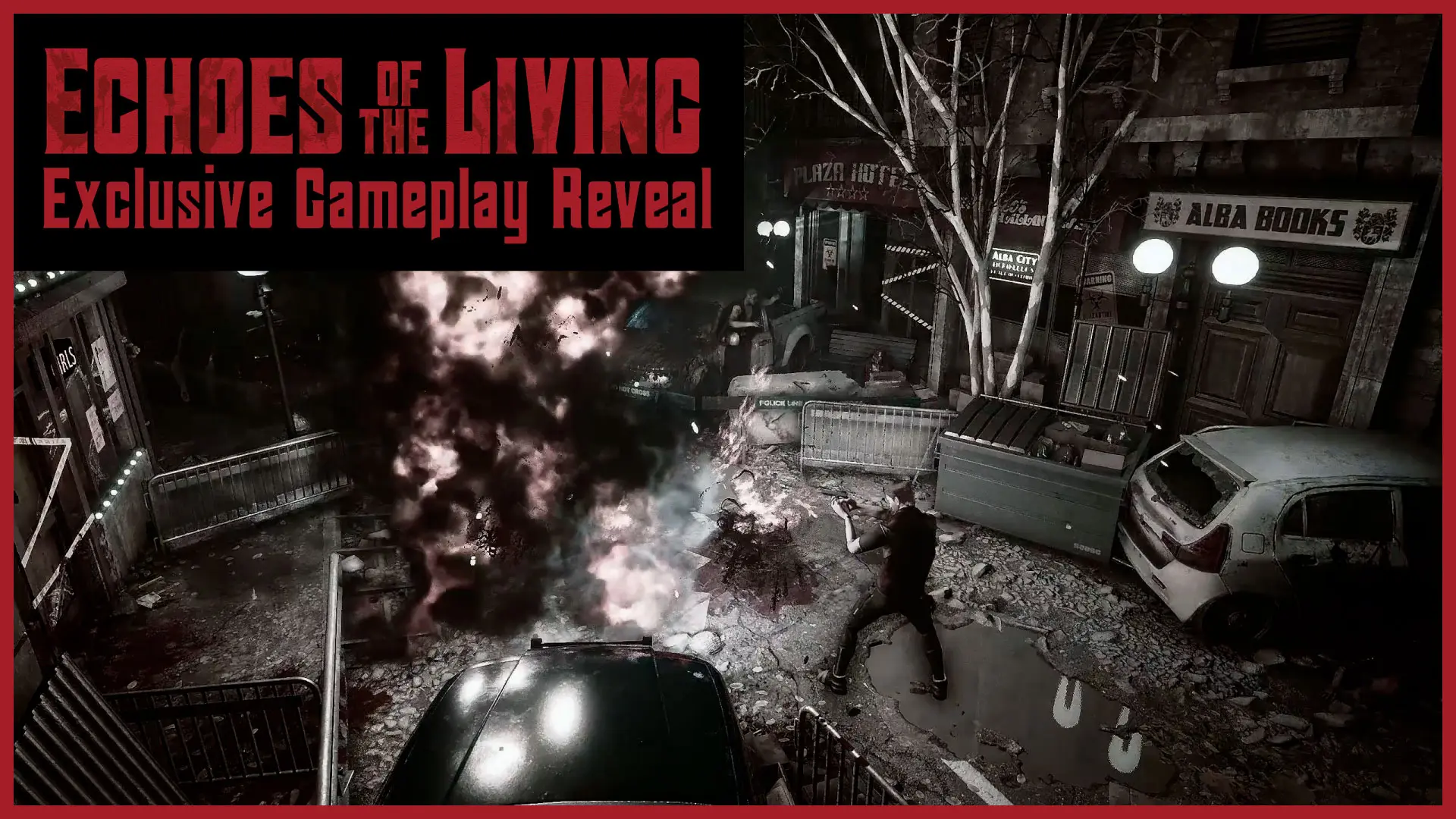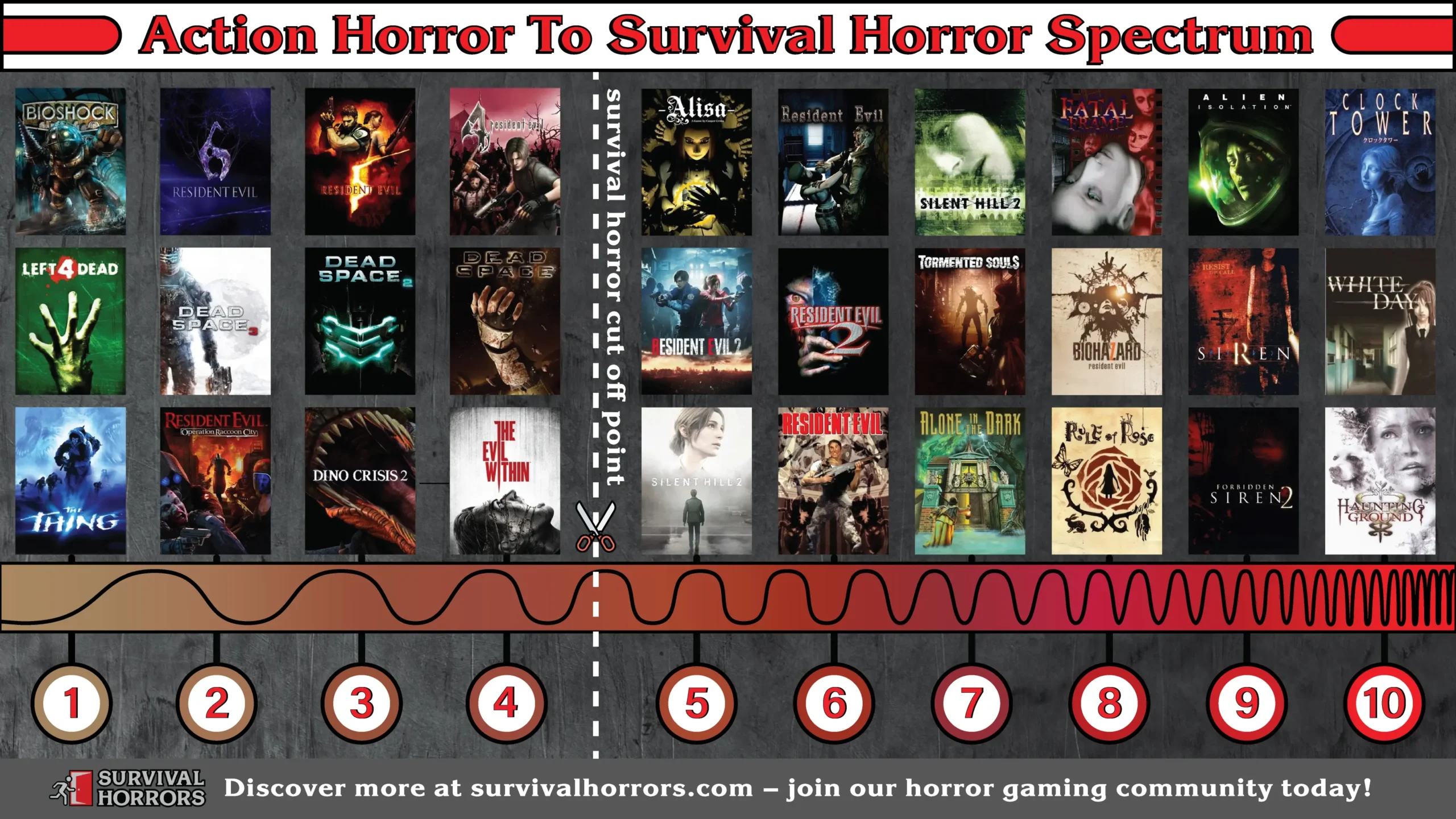Disclaimer: I received a free review key for Heartworm from the publisher. This does not affect my opinions — all thoughts and impressions in this review are my own.
Heartworm isn’t just an indie survival horror game, it’s a deeply personal work, built from the streets, buildings, and small details of Vincent Adinolfi’s own life. It’s rare to see something so steeped in personal history, where every location feels lifted straight from a lived memory. The result is an experience where the environments feel authentic. You’re not wandering through generic level design, you’re navigating spaces that have been lived in, remembered, and reimagined, making Heartworm all the more immersive and rewarding to explore.
I was reminded of Hollowbody, which also features a stretch of suburban streets inspired by the developer Nate’s own background in the UK. But the streets there feel distant, abandoned, unreachable, partly because you can only pass by the houses, never step inside. Compared to Heartworm’s intimate spaces, it’s a colder kind of personal.
Another source of Heartworm’s warmth comes from its protagonist, Sam, voiced by M in their very first voice acting role. The game is filled with monologues that breathe life into Sam, offering not just exposition but a direct line into her thoughts and emotions. They’re both well written and beautifully delivered, authentic, intimate, and free from the kind of cheesy dialogue that made Resident Evil 1 so charmingly clunky.
Gameplay & Variety
At the start of the game, you’re given a welcome set of options: graphics can be retro (pixelated) or modern; movement can be tank-style (player-relative) or modern; and aiming can be tank-style (camera-relative) or modern (over-the-shoulder). It’s a smart touch that caters to a wide range of players, as tank controls can be quite divisive. When I played the demo, I opted for tank movement with modern aiming, but found the switch from fixed camera angles to an over-the-shoulder view a little disorientating, it took me some time to get my bearings. For the full game, I switched to both tank movement and tank aiming, and I’m glad I did: it made the combat feel far closer to classic Resident Evil games.
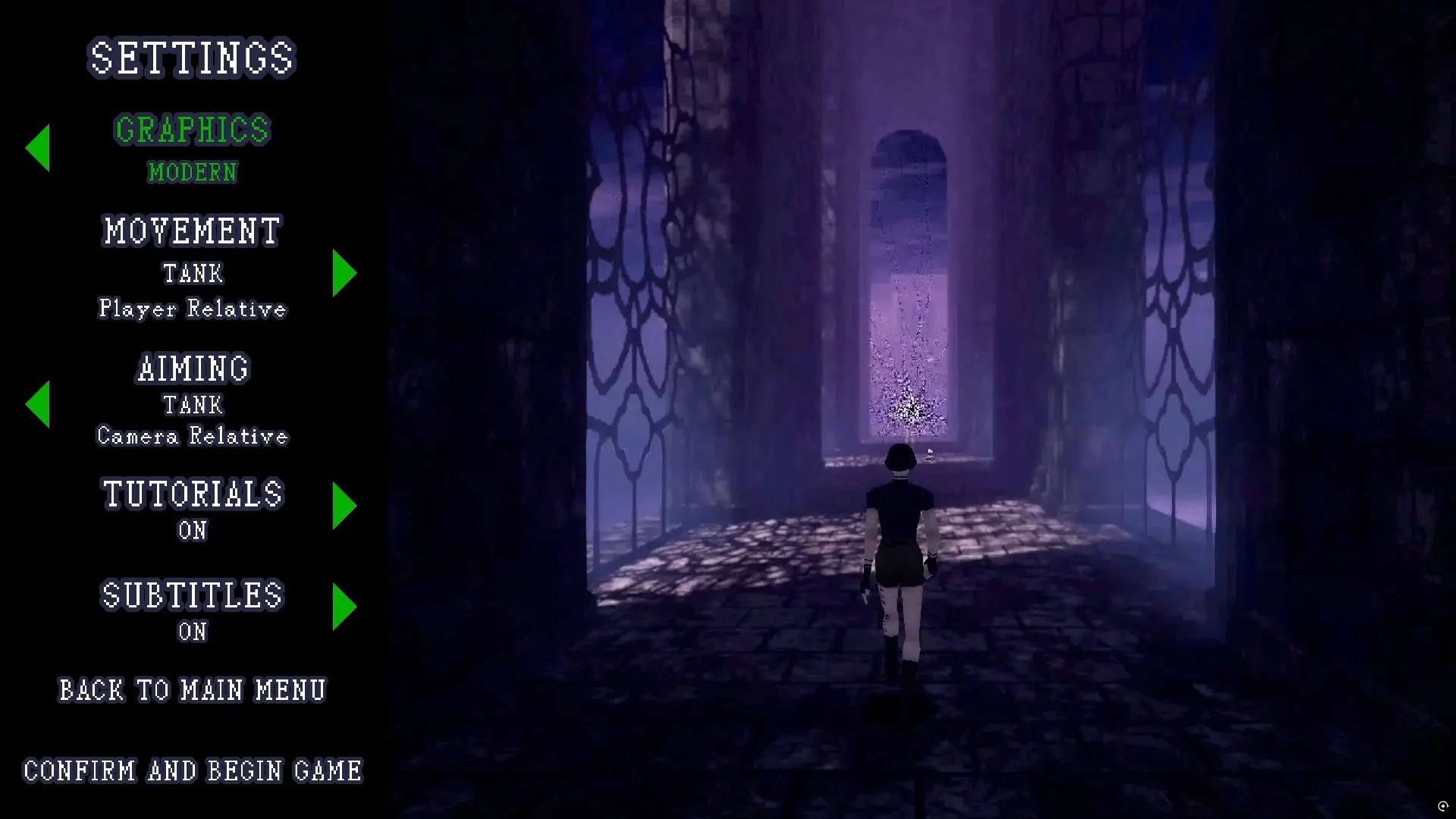
Environments
Survival horror locations are traditionally dark, grimy, and designed to make you feel uneasy. But Heartworm took one look at that and said, ‘Nah, we’re going to be beautiful.’ I don’t think I’ve ever played a more beautiful horror game, some of the environments are so gorgeous, I actually forgot I was playing a horror game. Before it’s release, I interviewed Michael Jentsch about the enviroments in Heartworm. I learned a lot about how the game was made, but Michael stayed very quiet about some of its best areas — and I’m glad he did. I was genuinely impressed by the scale and variety of the locations. During my playthrough, I explored an abandoned house, a quiet neighborhood, foggy small-town streets, a warehouse, wilderness, a clock tower, a school, a hospital, a subway station, and an office building and that’s just to name a few.
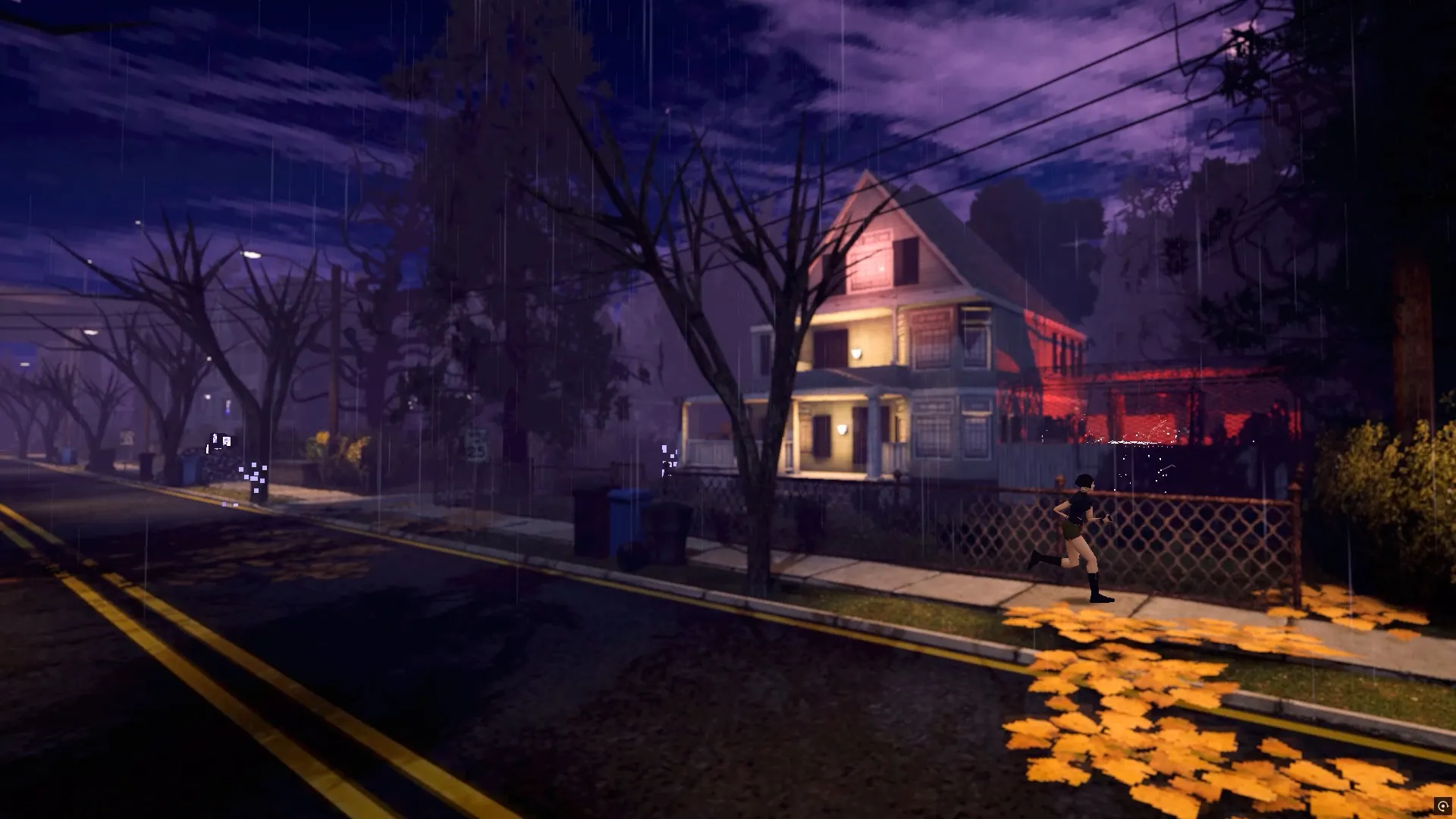
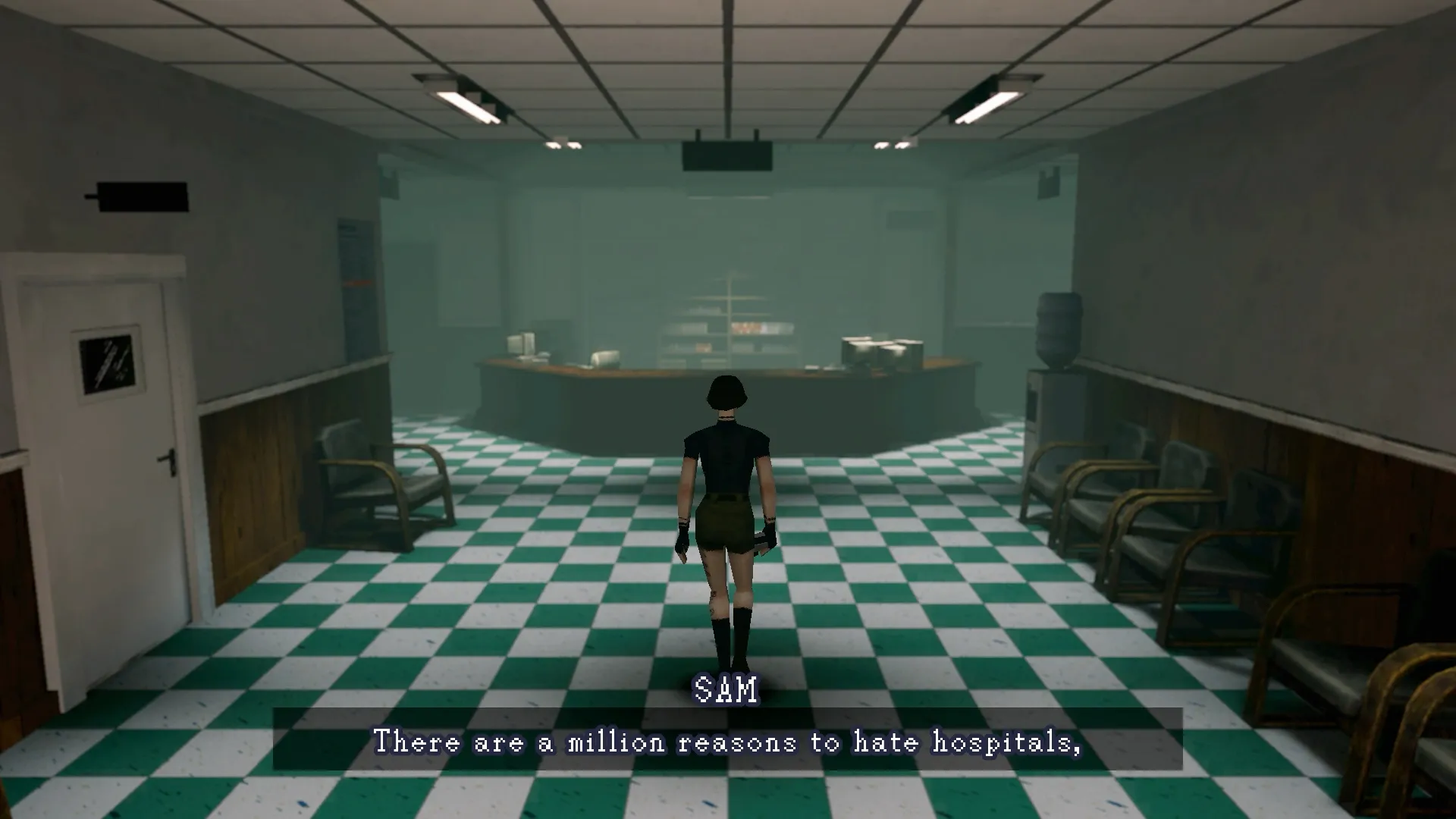
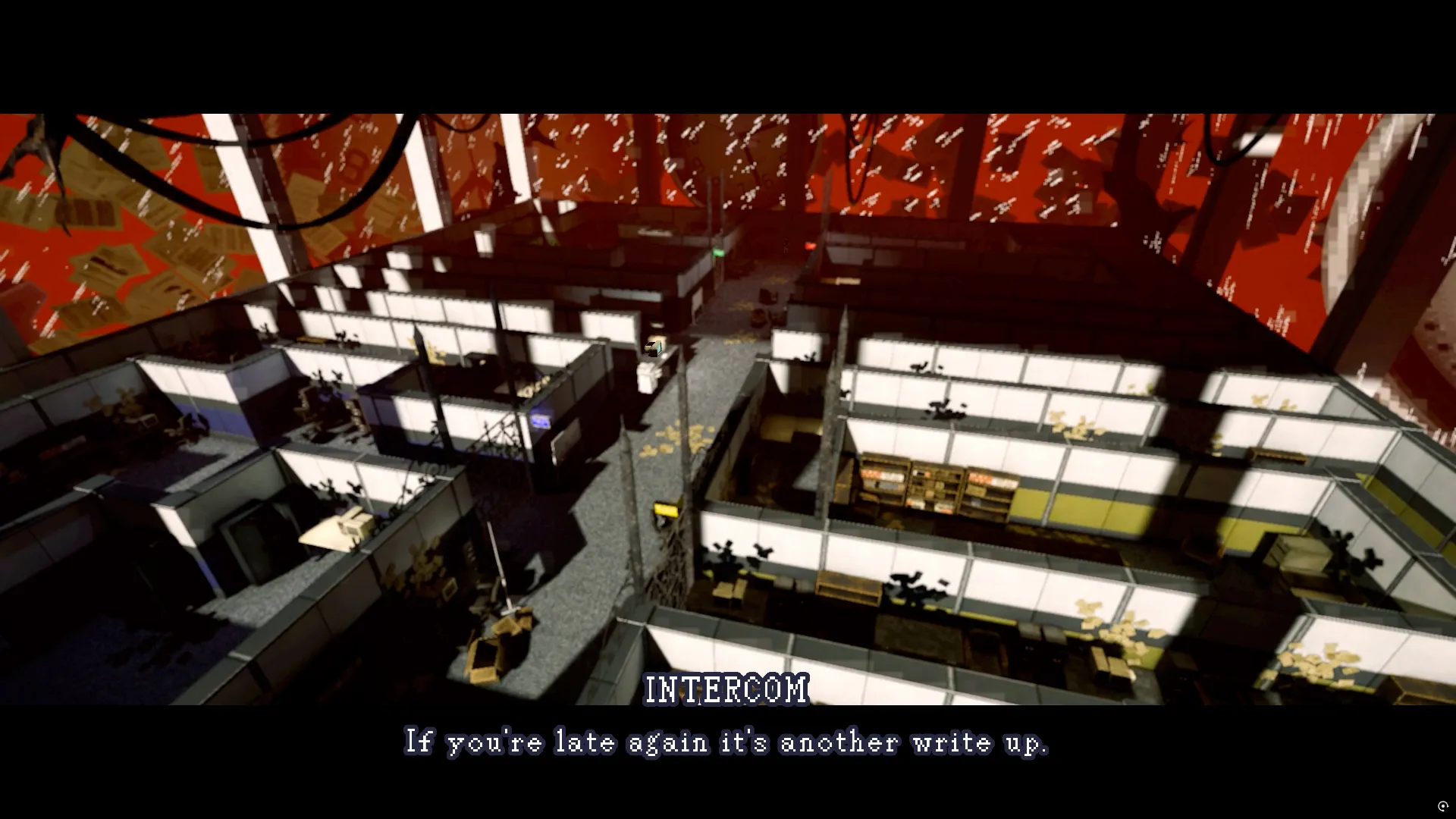
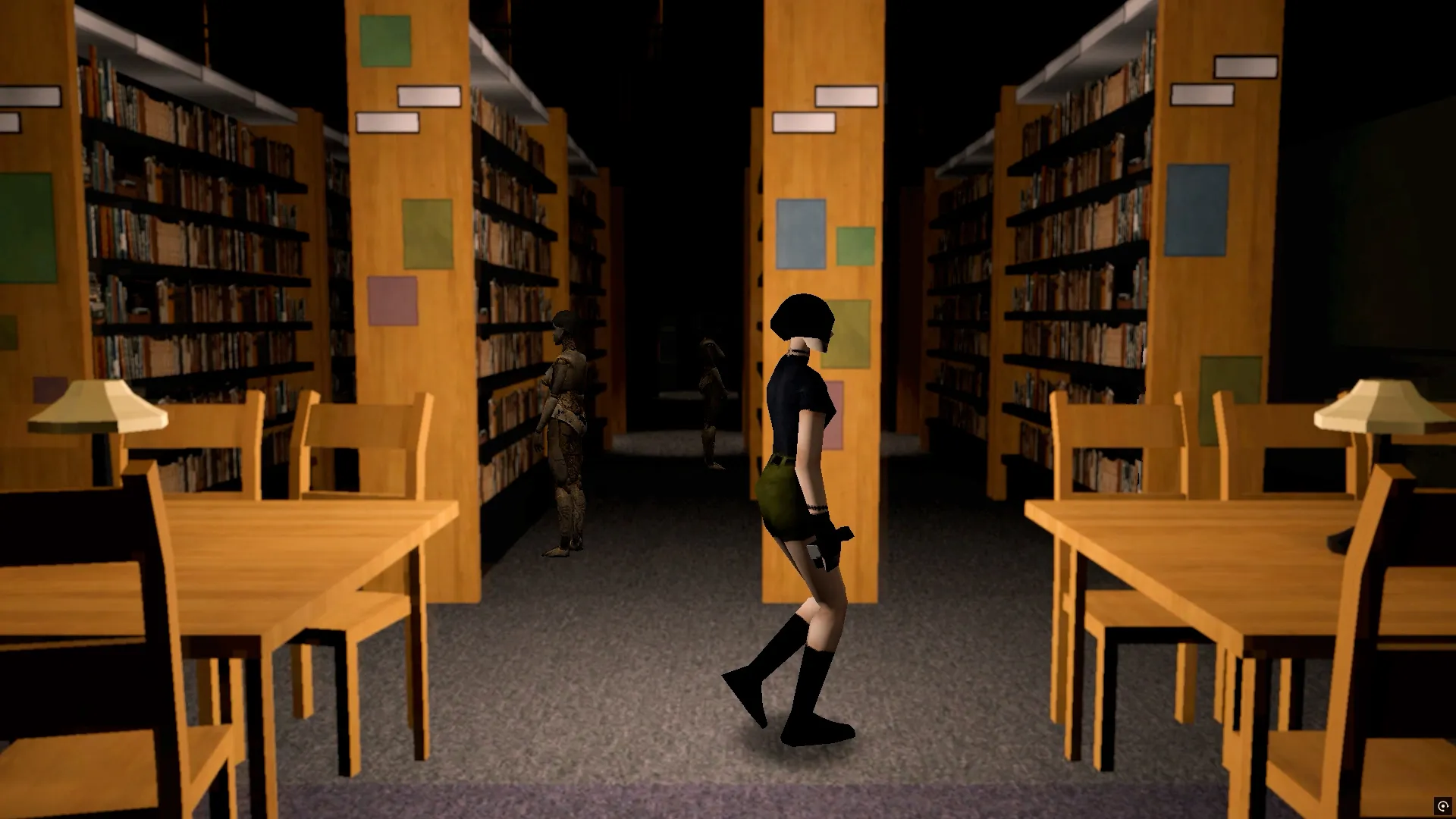
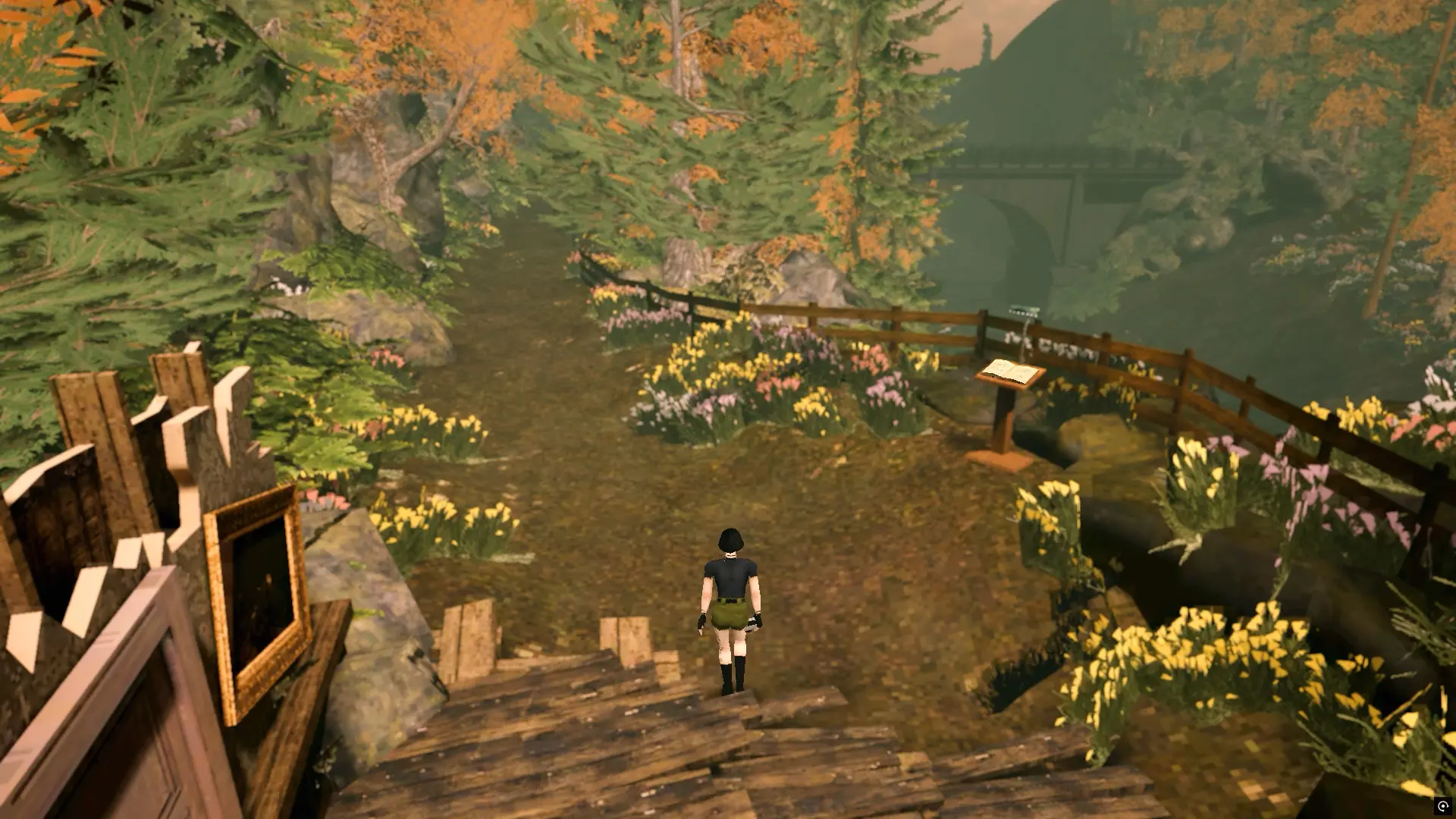
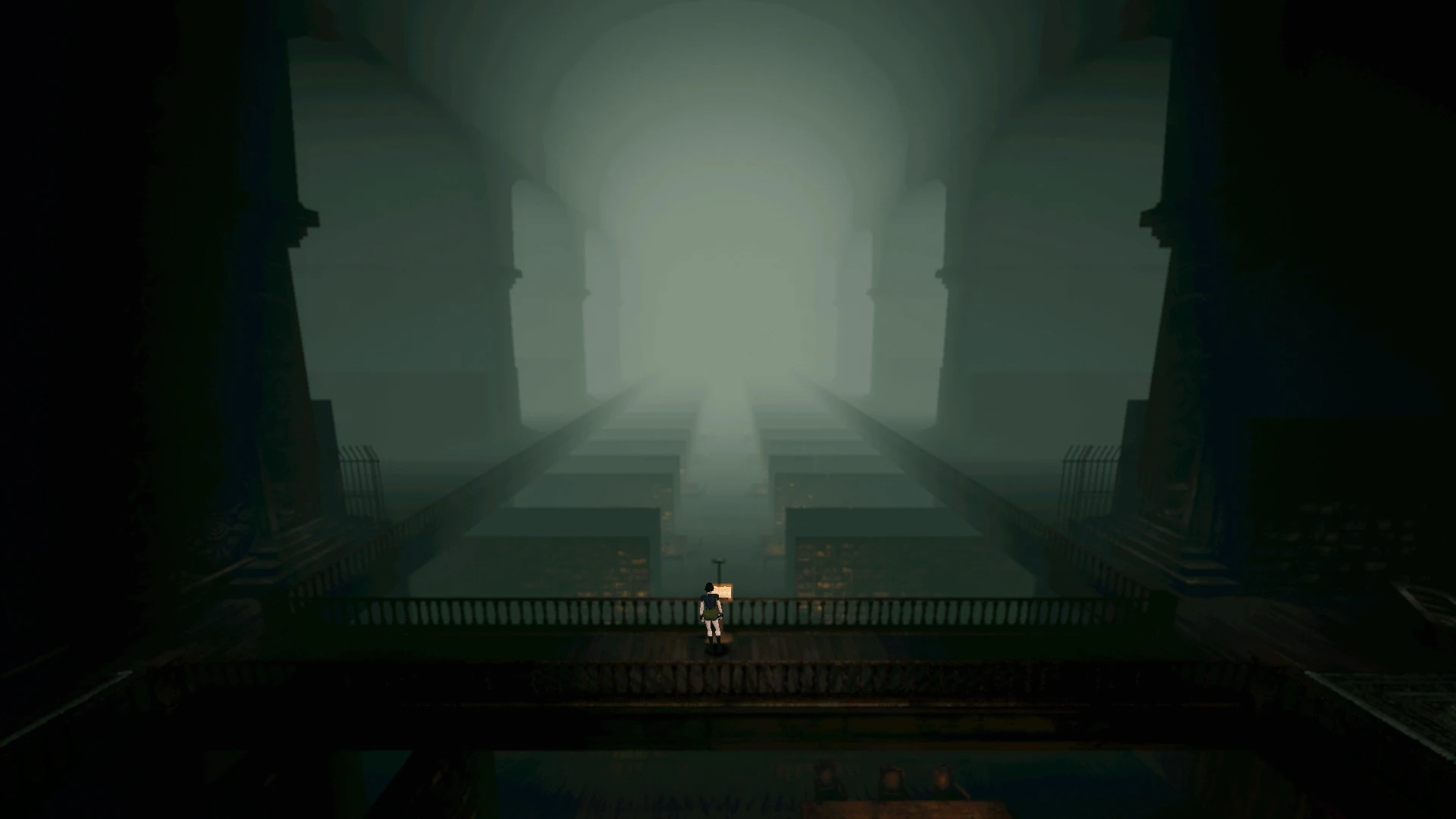
With so many locations to explore, it’s no surprise that Heartworm’s development took around five years to complete and required a small team of dedicated developers. Speaking of which, shout out to the small but passionate indie team behind the game: Vincent Adinolfi, Michael Jentsch, Carlos Lizarraga, Leonardo Esteban Montes, Michael “Goba” Tomczak, Jakub Graczyk, Yves Searle, M. Hart, and Suzi Hunter.
Enemies & Combat
Feedback for Heartworm is generally very positive, but one area where I’ve seen some criticism is the combat and difficulty. Like Hollowbody, most enemies can be easily avoided. However, this didn’t surprise me, as both Hollowbody and Heartworm are influenced by Silent Hill 2, a game where enemies are easy to avoid and combat is not the focus. Earlier this year, I also reviewed Post Trauma, another Silent Hill 2-inspired game, and it actually has far less combat than Heartworm. In fact, I thought the variety and number of enemies in Heartworm was very good. There are the bright, TV-like glowing copies of Sam that use a slow-motion attack, the dogs in the Wilderness, the stone statues that come to life with unique stone attacks, mannequin-style enemies, and licker-type creatures that leap from the ceiling. For an indie game, I was impressed by the enemy variety.
There are plans to include an increased difficulty mode, but that’s not something I’m particularly interested in when playing a survival horror game. If I wanted really challenging combat mechanics, I’d play a Souls-like game (and I do quite often!). By the end of my playthrough, I had nine health packs and over 100 camera shots, but I think this is because Heartworm went for the Silent Hill-style approach, with enemies that are easier to avoid. In Resident Evil games, you’re often in narrow corridors, so avoiding enemies isn’t always a practical option. Heartworm, on the other hand, takes place in big, open areas and is mostly set outdoors. I didn’t fight any enemies I didn’t have to, which meant I ended up hoarding resources.
Wow, what a mansion!
When I first found out about Heartworm, I made the same mistake a lot of people did assuming the gameplay and influences would be similar to Fatal Frame. Having now played the full game, I can safely say the gameplay is nothing like Fatal Frame, especially when you’re using tank controls and tank aiming, as I mentioned earlier. I think when you see a camera being used in a horror game, it’s hard not to make the Fatal Frame connection. However, in Heartworm, the camera feels more like a pistol in Resident Evil.
It’s far more accurate to say that Heartworm is influenced by Resident Evil and Silent Hill. The Resident Evil 1 influence is hard to miss the Clocktower section toward the end of the game feels like stepping right into the Spencer Mansion, complete with a replica of one of its staircases and hallways. I love seeing references and Easter eggs like this in indie games; they’re a great way to pay respect to the early survival horror classics. In the same way Sam is experiencing moments from her past, Vincent Adinolfi is revisiting moments from his, specifically, his time playing Resident Evil 1. And for anyone who’s also played it, Heartworm offers that same nostalgic connection.
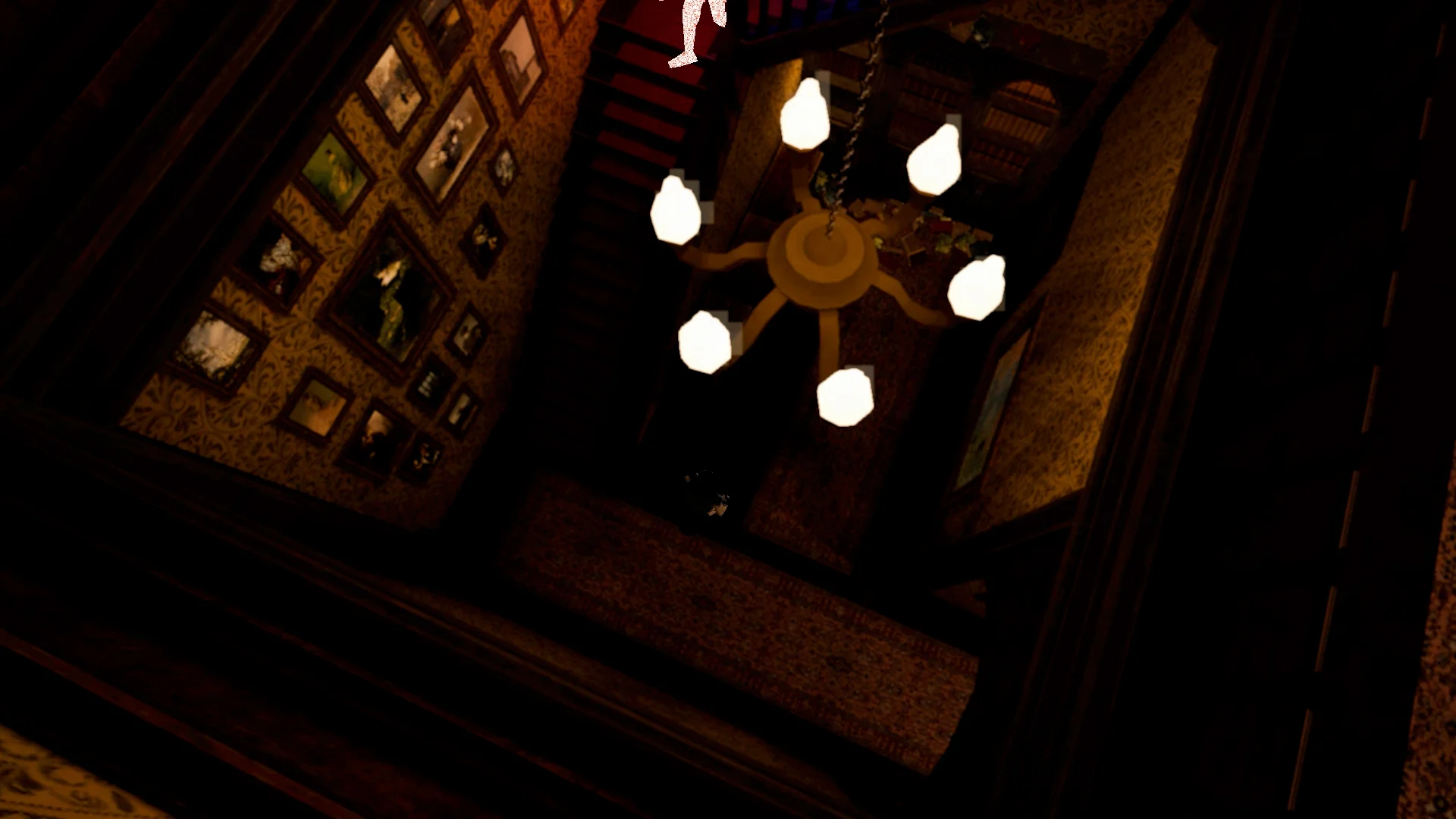
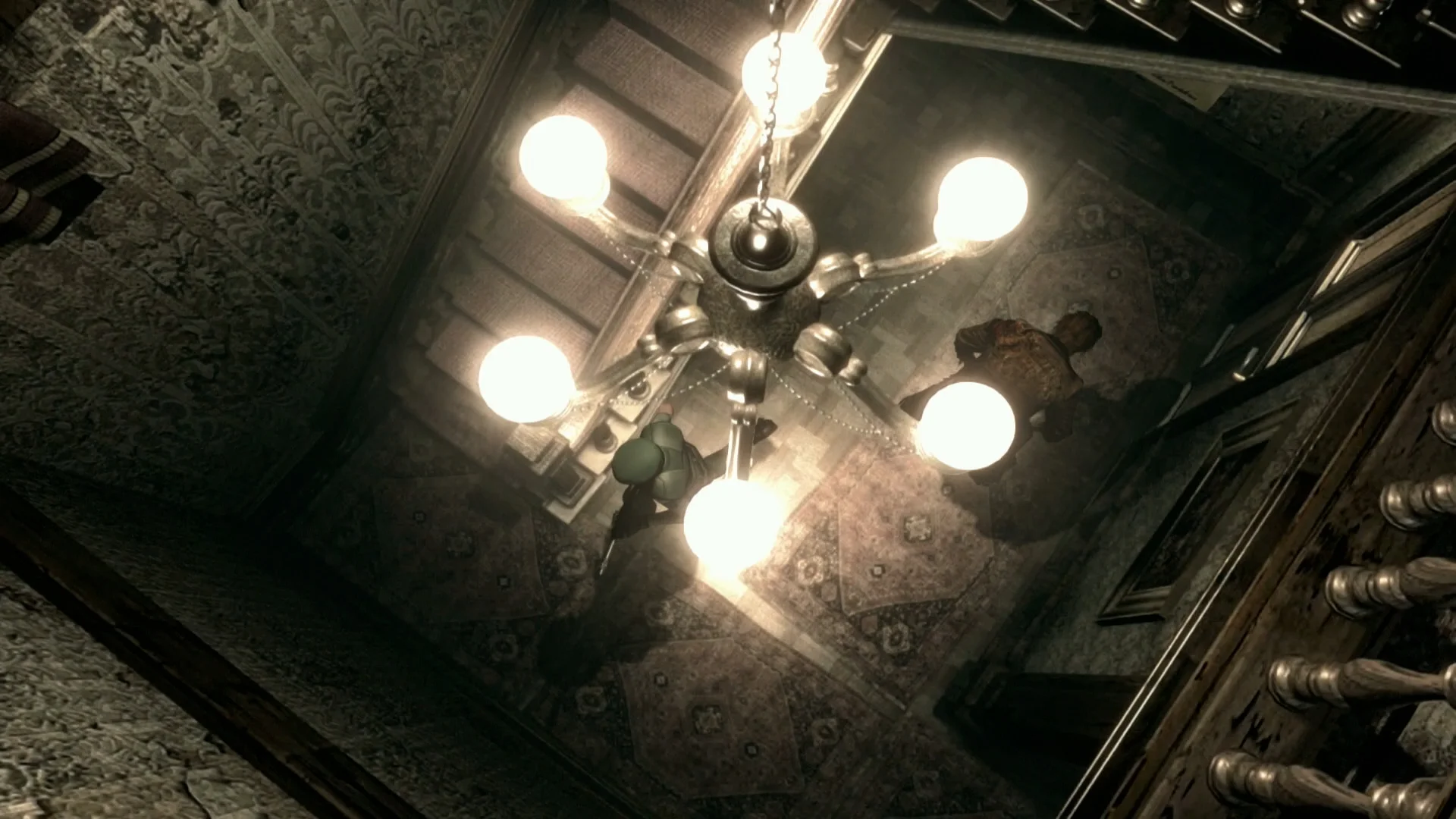
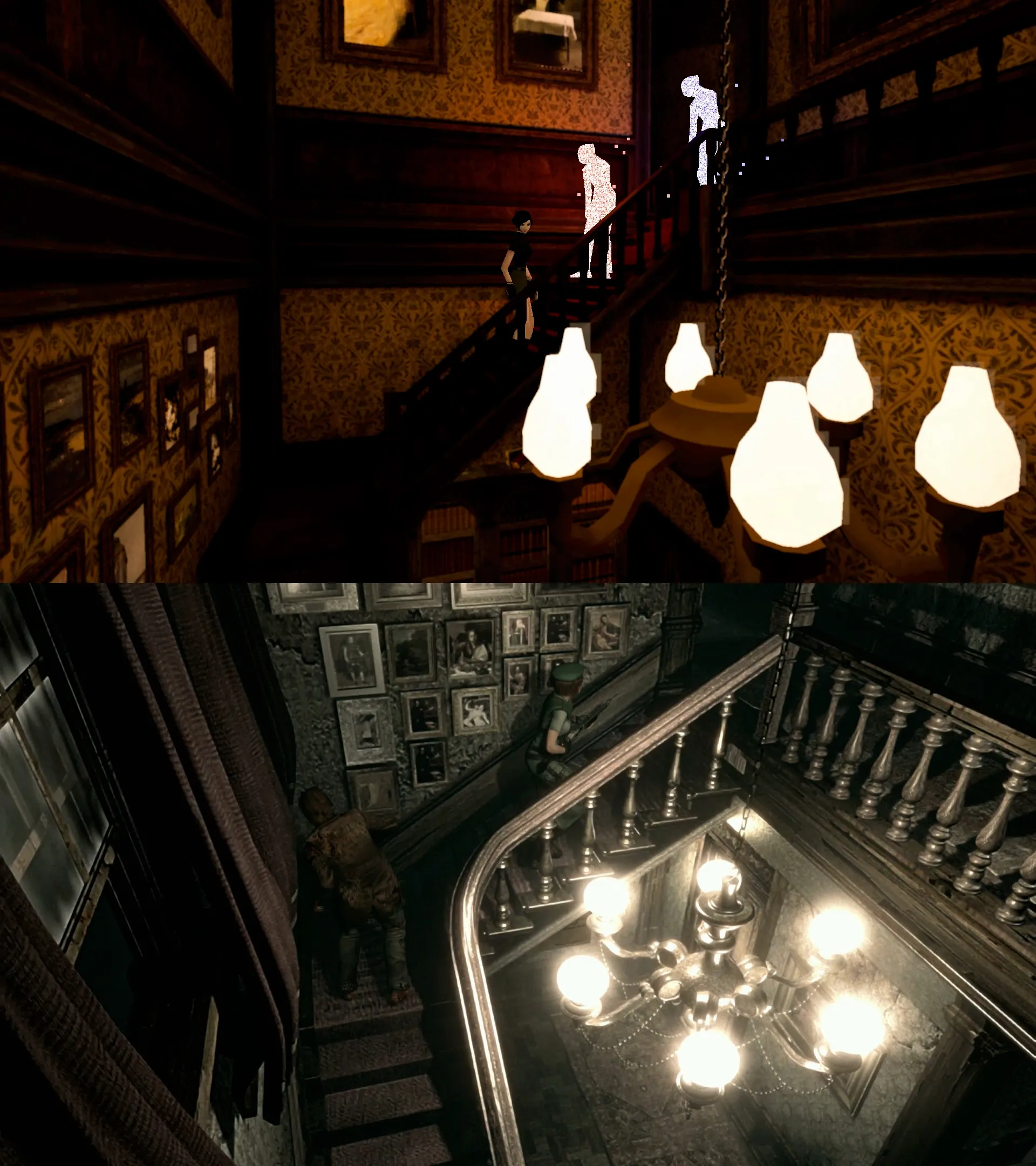
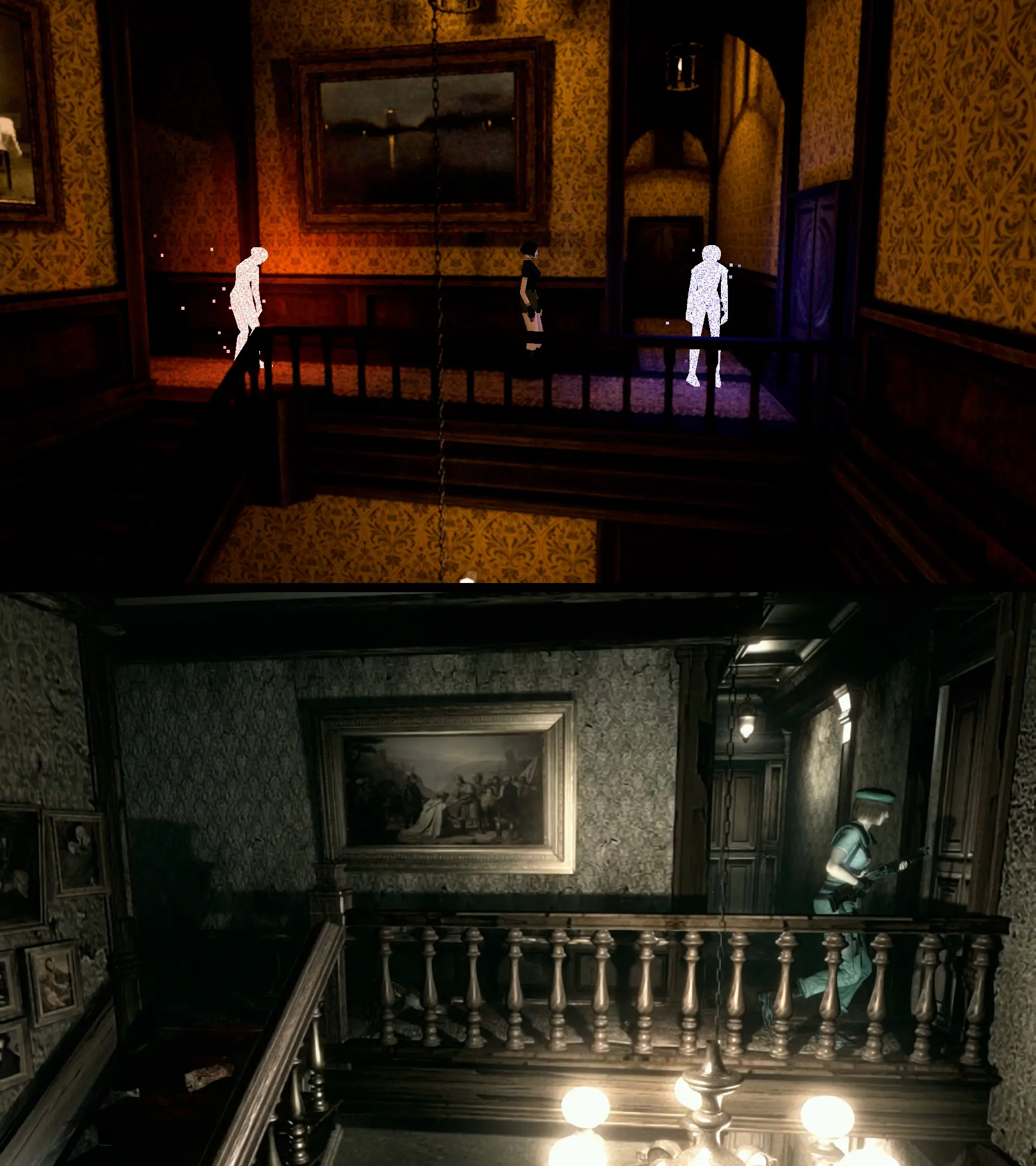
The Silent Hill influence in Heartworm is clear in the foggy small-town section of the game, but I felt it most in the approach to combat, as mentioned earlier in the review. Much like Silent Hill 2, particularly in the town sections of both the original and the remake, enemies can often be avoided entirely. In many ways, survival horror games can function more like puzzle games, where exploration, atmosphere, and problem-solving take precedence over action. I have no issue with this approach; in fact, some survival horror games, such as Clock Tower, Haunting Ground, and White Day, have no combat at all.
Music & Sound
I almost never talk about music or audio in a game review, I’m the type of gamer who usually plays with the volume turned way down. I think this might be a hangover from when I was a kid, playing late at night while my parents were asleep in the next room. Because of that, I went into Heartworm not expecting much from the music. To my surprise, it’s every bit as beautiful as the visuals. What’s even more impressive is that Vincent composed almost all of the soundtrack himself, over 70 tracks!
The only pieces he didn’t exclusively work on were collaborations with Michael Jentsch: the end credits theme, the Watermill Exterior track, and the Clocktower Entrance Hall.
I don’t expect you to sit through all three hours of the video below, but here’s a sample of the save room music. Have a listen and see if you agree that it’s every bit as good as any Resident Evil save room theme.
If you’re looking for a new survival horror experience, Heartworm is absolutely worth your time and it’s available now on Steam: https://store.steampowered.com/Heartworm

